Calendar of Events
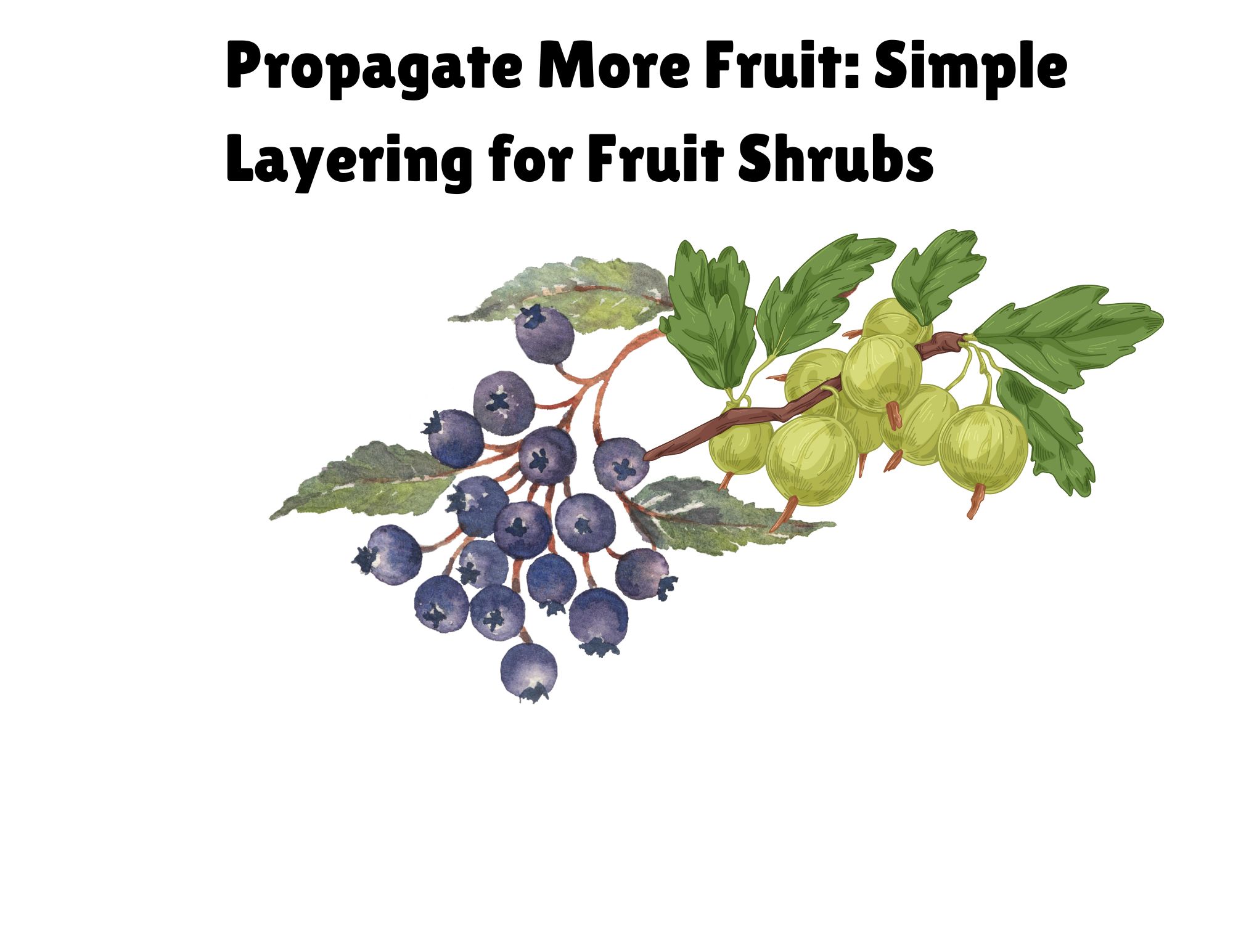
–
Unlock the secret to free plants from your garden or your friends' garden! Join our hands-on workshop and learn the remarkably simple technique of "layering" to propagate your favorite fruit shrubs like currants, gooseberries, haskaps, and similar varieties. On Sunday, August 17, 1 - 3 PM at Kachemak Bay Campus, join master gardener, Shawn Jackinsky for a class on berry propagation. Why layering? It has the highest success rate because layered stems stay connected to the "mother plant" while they root. It's beginner-friendly and requires minimal tools or special skills! Expand your edible landscape, create backups, or share with friends! To register, visit our Community Education Portal or call (907) 235-1674.
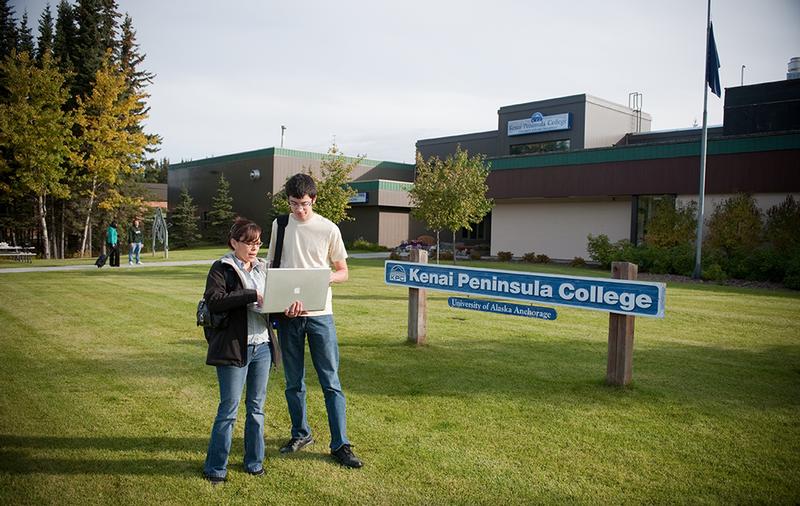
–
New Student Orientation is your introduction to the community at Kenai Peninsula College! It is a great opportunity to find answers to questions you may have about college, learn strategies for academic success, explore the campus, become familiar with KPC resources, meet your faculty and staff, and make new friends. All new students are encouraged to attend NSO as an important first step to a successful academic year. We look forward to helping you find your place here at KPC. Register for New Student Orientation here. If you have questions, please email uaa_kpcnewstudent@alaska.edu.

–
Join us at the Kenai River Campus (Soldotna) of Kenai Peninsula College for our annual Open House! Featuring local food trucks (free to guests while supplies last), the opportunity to explore our campus, and time to connect with faculty and staff, this is a family-friendly event that is free and open to the public. If you are thinking about enrolling for the fall semester, we can help you with that, too! We can't wait to see you there! Questions? Call us at 907-262-0330 or email uaa_kpcinfo@alaska.edu
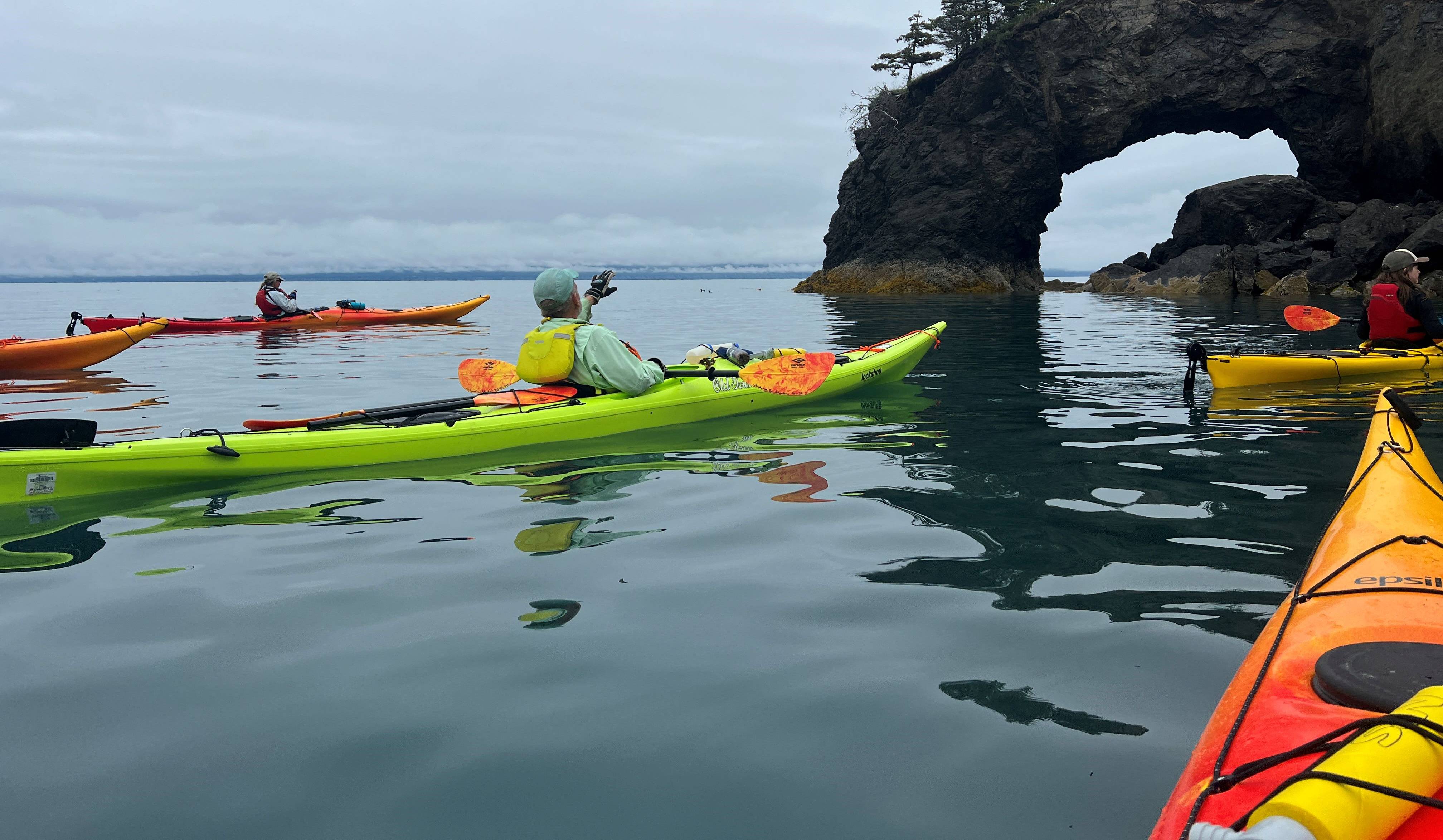
–
On Saturday, August 23, beginning at 9:00 am, Ph.D. Geologist (and KPC faculty) Taz Tally will lead a community class field trip by Kayak along Kachemak Bay to reveal its unique geological history, including active faults, pillow lavas, glaciation, mountain building, and evidence that the rocks of Homer were once near the equator! We may also be visited by otters and seals, who are very much at home along the shoreline. Round-trip water taxi and kayak rental included. For information about fees and further details, please visit our Community Education Portal or call (907) 235-1674.
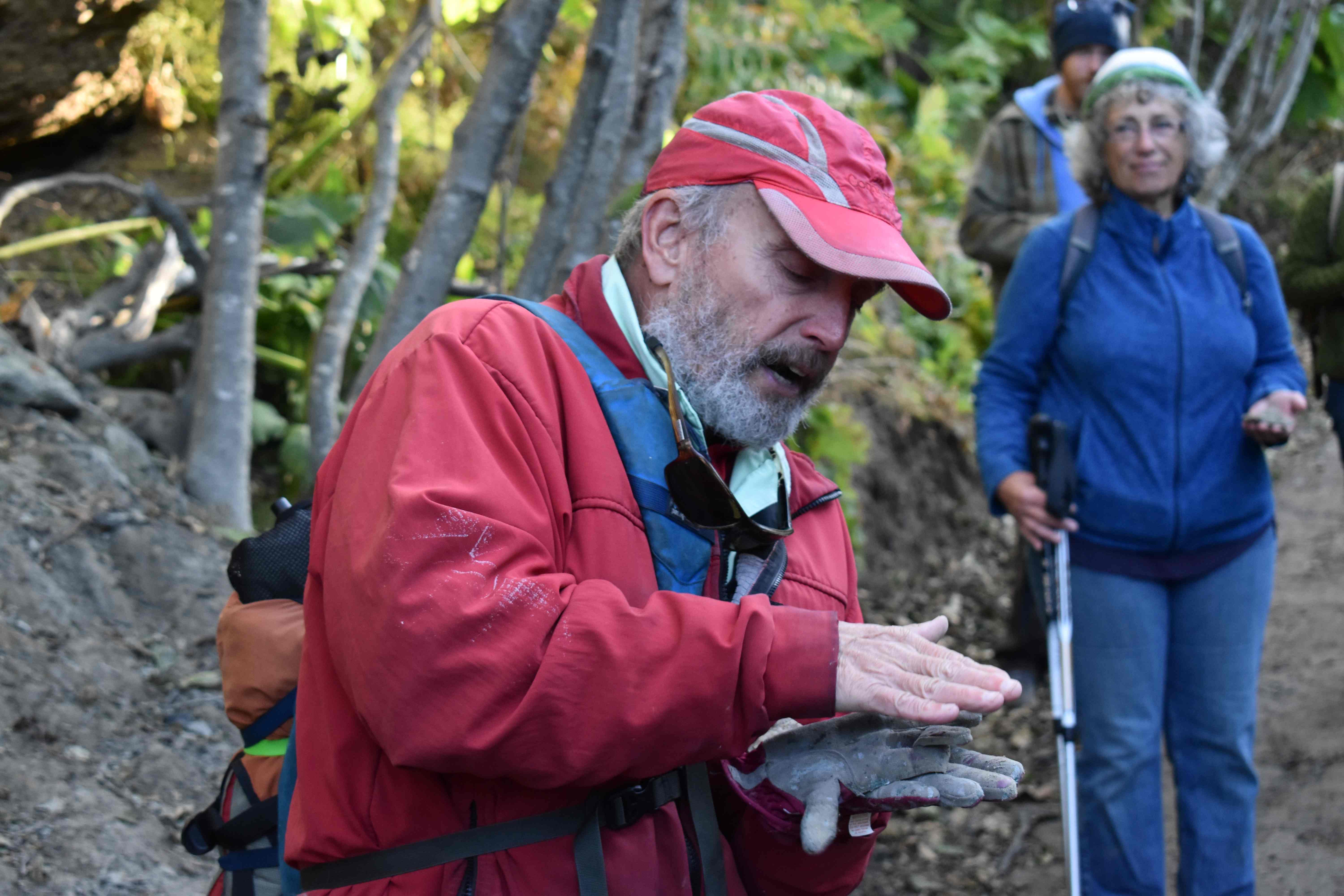
–
On Friday, Sept. 5, 5:30 - 8 PM, and Saturday, Sept. 6, 11 AM - 3 PM, join Taz Tally, aka "The Rock Doc," to find out how the mountains surrounding Homer were formed, or what secrets may lie in the stones and rocks that cover our beaches and trails. This two-day course features a short exploration of the rock cycle at Kachemak Bay Campus, which includes the use of the college’s classroom rock collections, and a field trip the next day, where the students will meet the instructor at the Diamond Creek Trail (Homer) and see the rock cycle “in action.” Both days are included in the fee, but attending the lecture is not necessary for students to fully enjoy the field trip. For more information, visit the Community Education Portal or call (907) 235-1674.
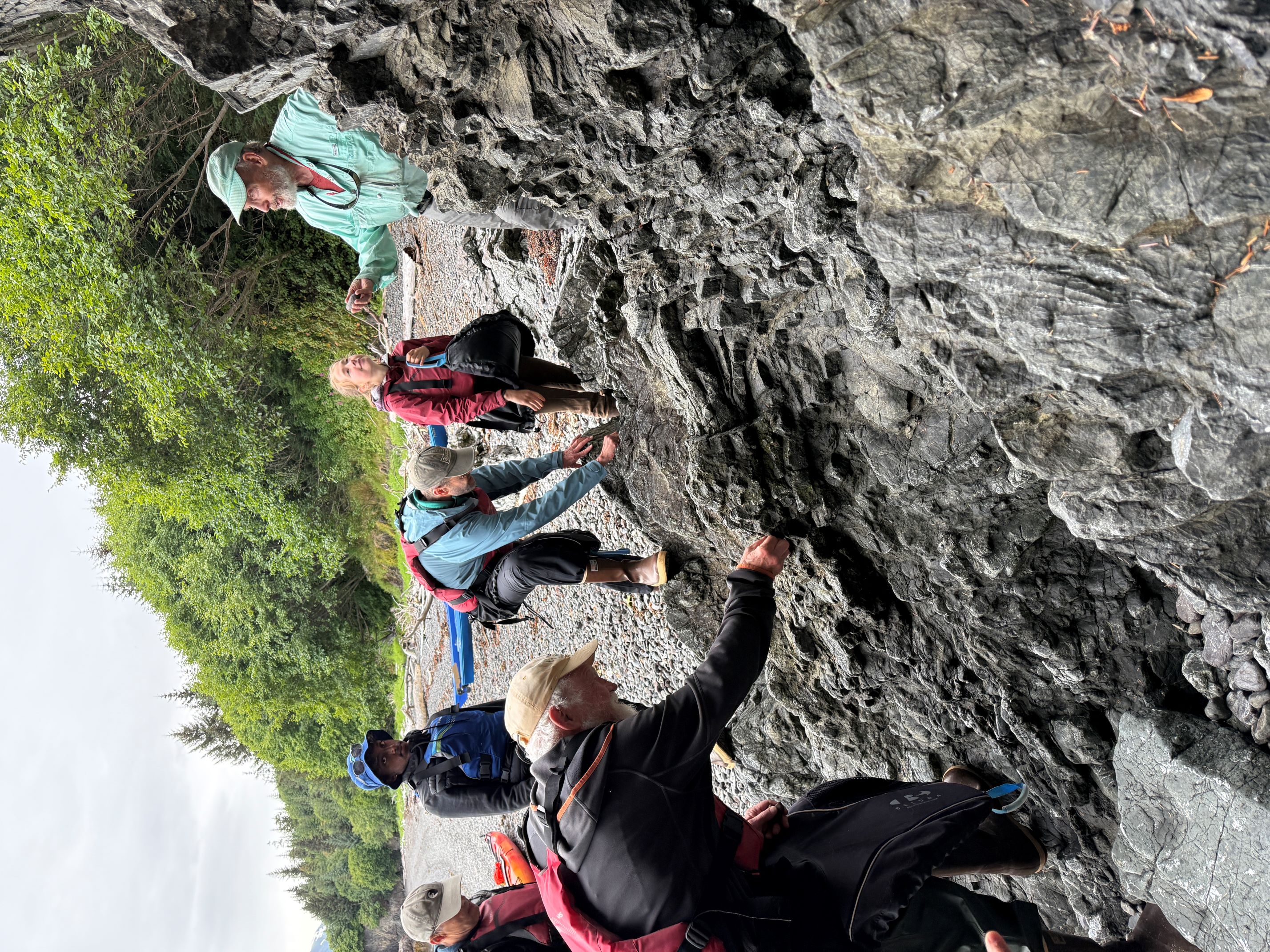
–
Have you ever wondered how the mountains surrounding Homer were formed, or what secrets may lie in the stones and rocks that cover our beaches and trails? On Friday, September 5, at 5:30 PM, join Taz Tally, aka "The Rock Doc," to find out! This course offers a brief exploration of the rock cycle at the Kachemak Bay Campus. If you are interested in this lecture, which will also be available via Zoom, you can register here. ALTERNATIVELY, if you are interested in the lecture AND the field trip the following day, you can register for both together by selecting An Adventure for Rockhounds on our Community Education Portal, or by calling (907) 235-1674.
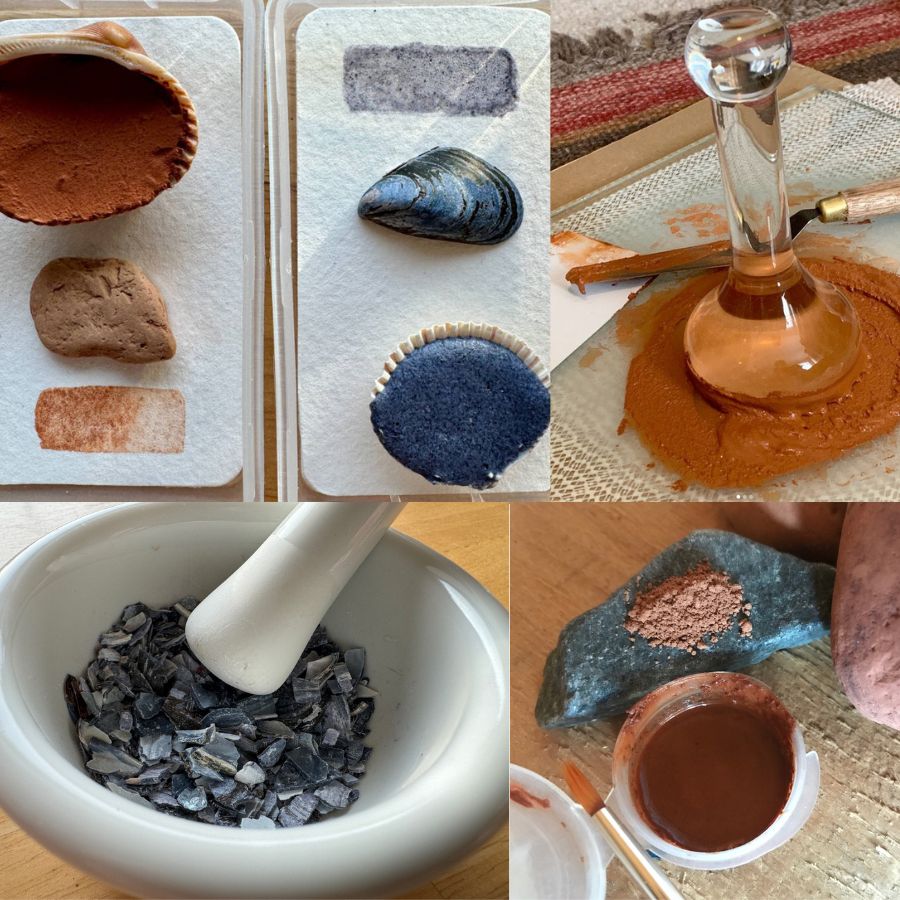
–
Learn and practice the process of making dry pigment from rocks and blue mussel shells to use to create watercolor pans/shells. The pigment-making process is ages old, and there are amazing archeological examples of uses of this type of pigment in rock paintings throughout the world: Mayan, Egyptian, Incan, Plains Indians, and Inuit Peoples have left art on rocks, walls, and in caves. They utilized, egg, and crushed minerals/rocks with animal fat and more to create their medium. Kachemak Bay and Cook Inlet have their own special petrographs which have been studied and explored as a cultural heritage.
